Samsung Galaxy S8 vs iPhone 7 head-to-head review
The battle is on to be the world's greatest smartphone

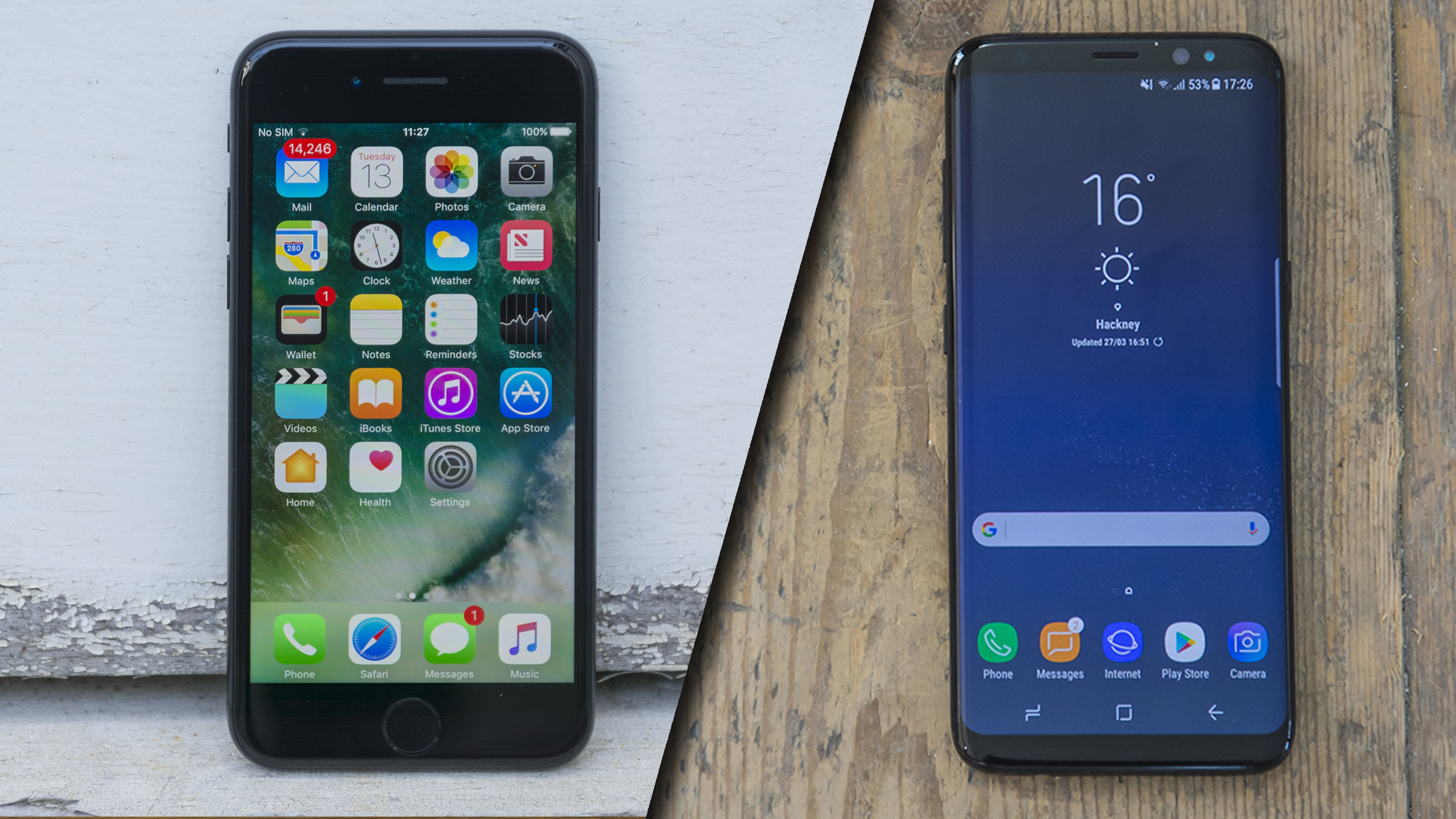
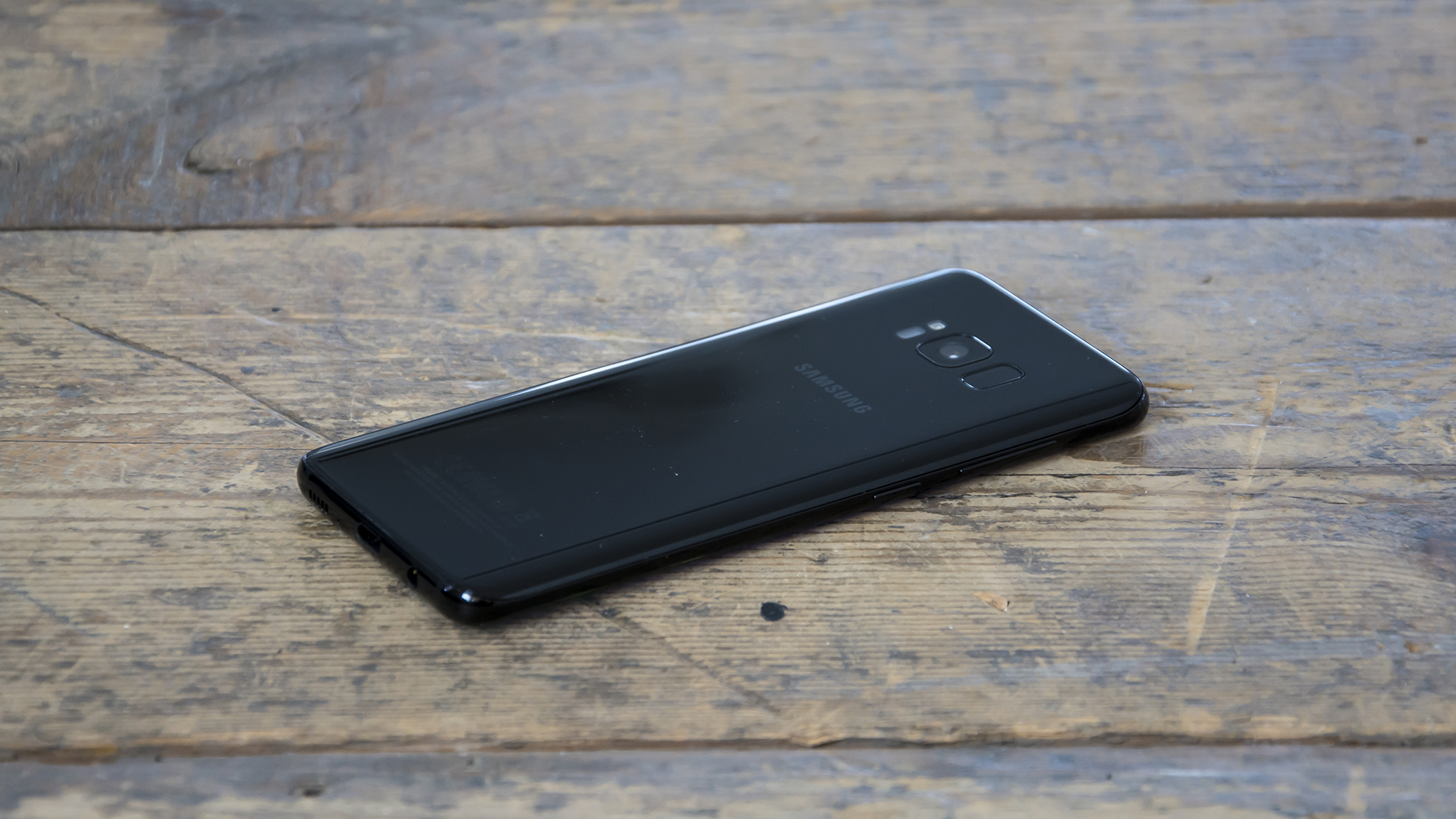
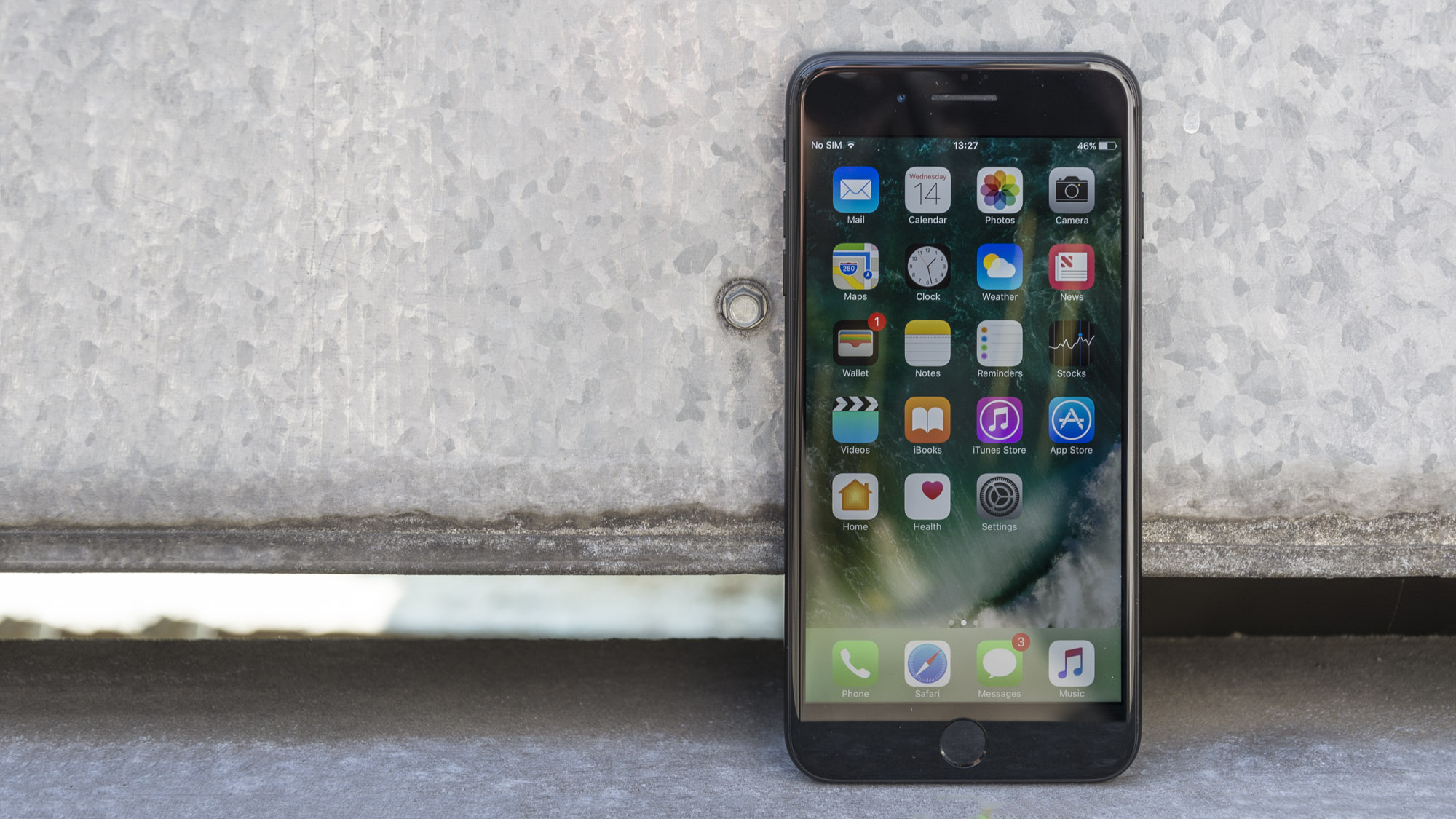
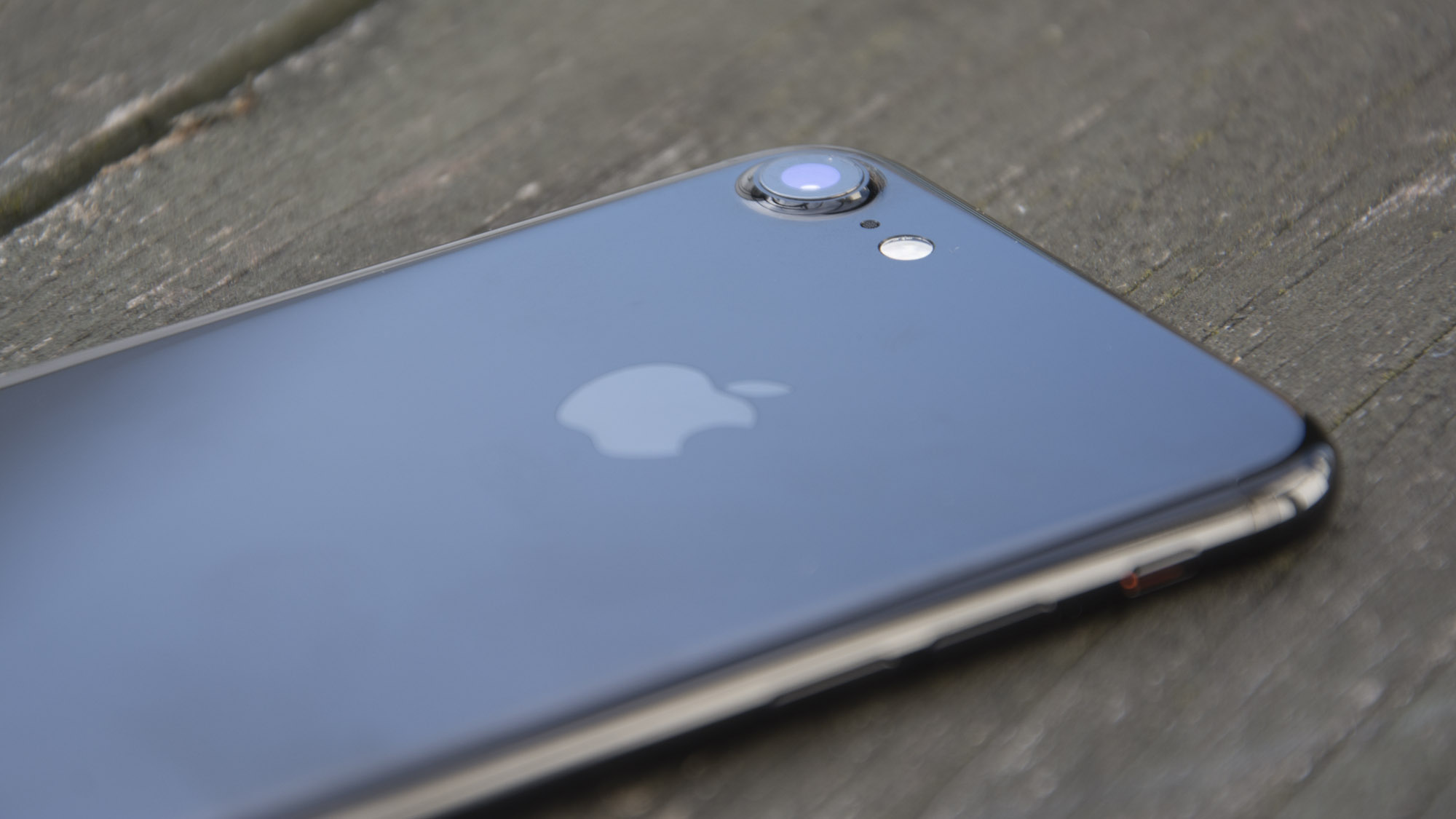
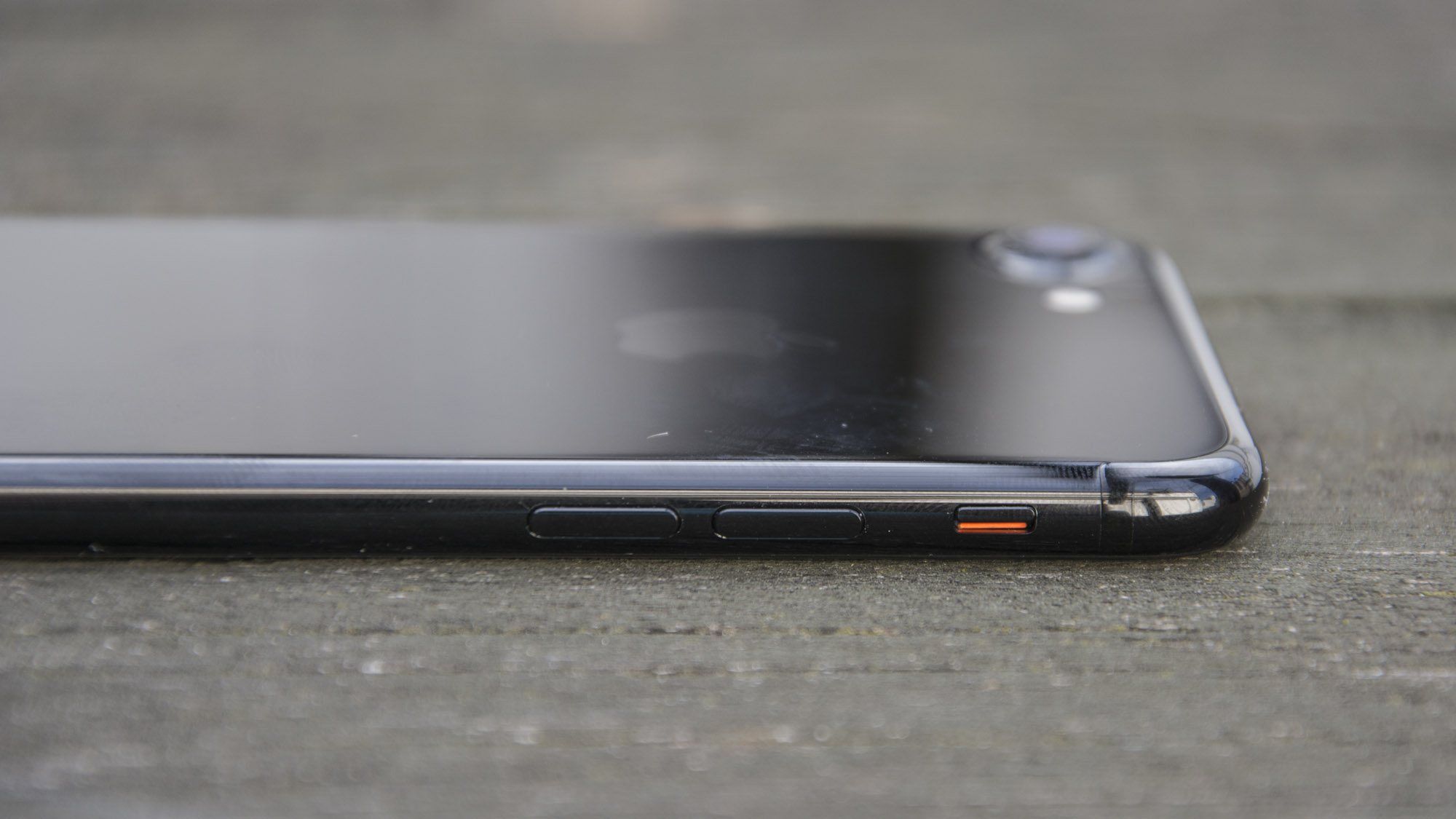
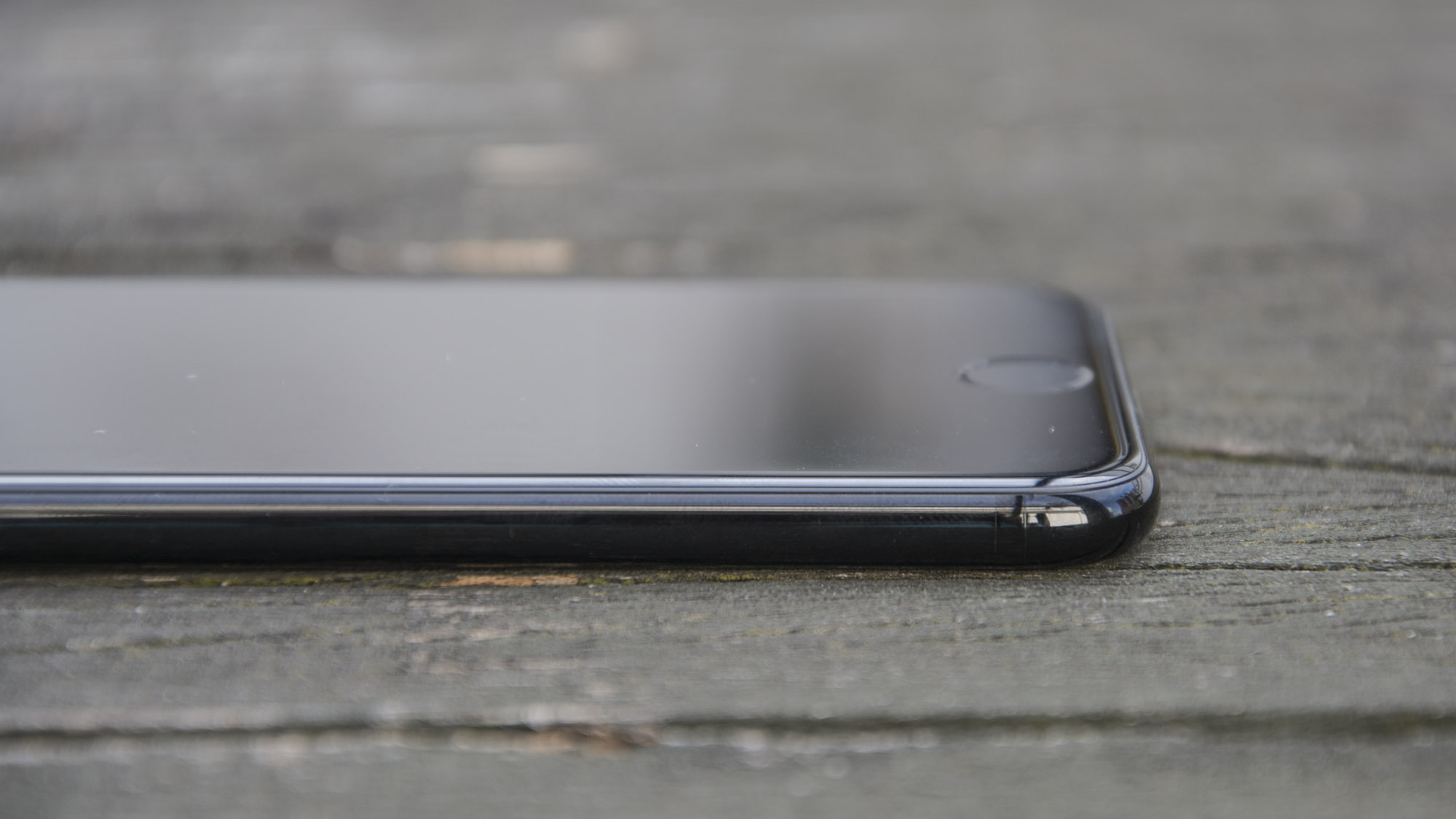
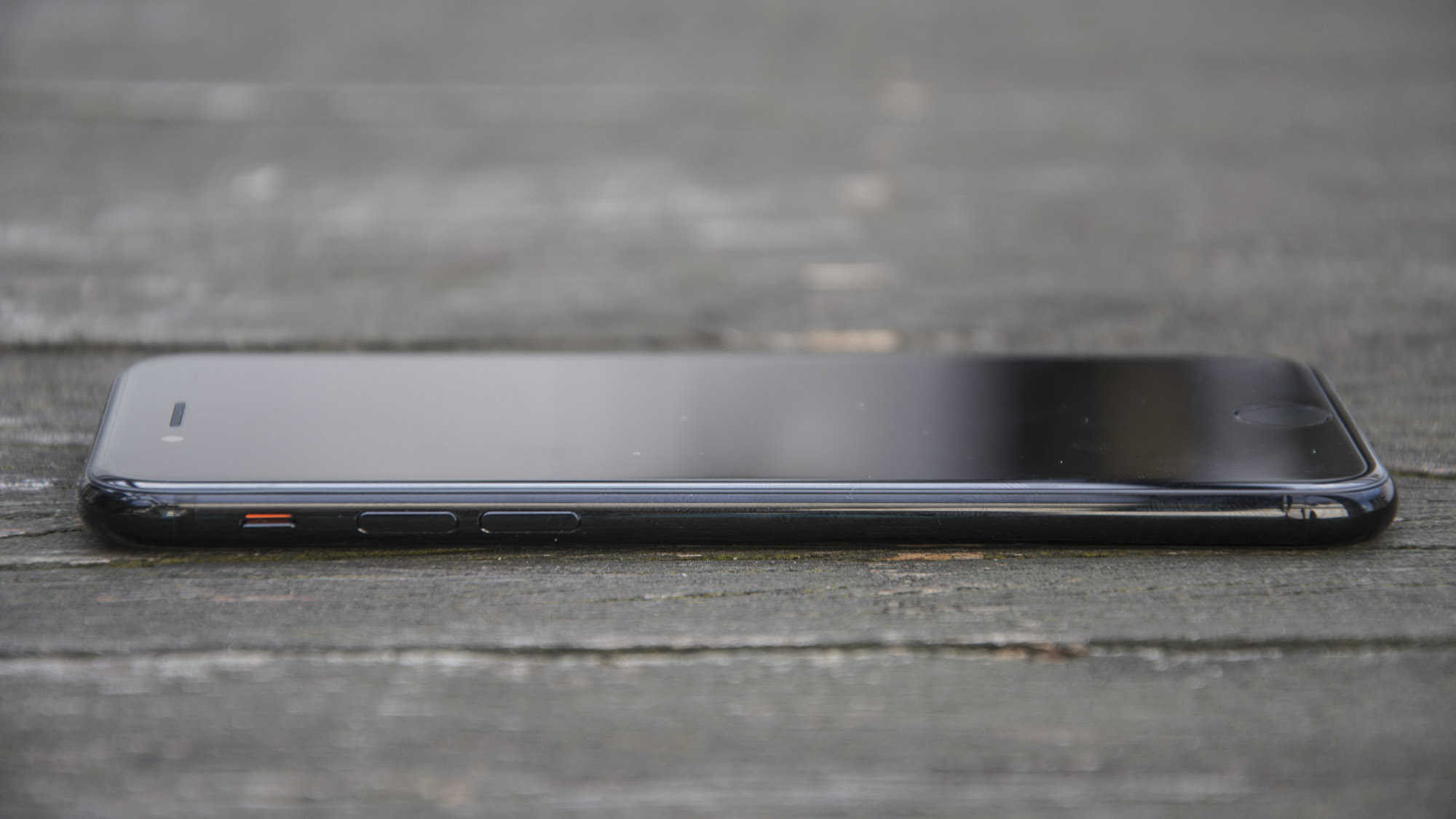
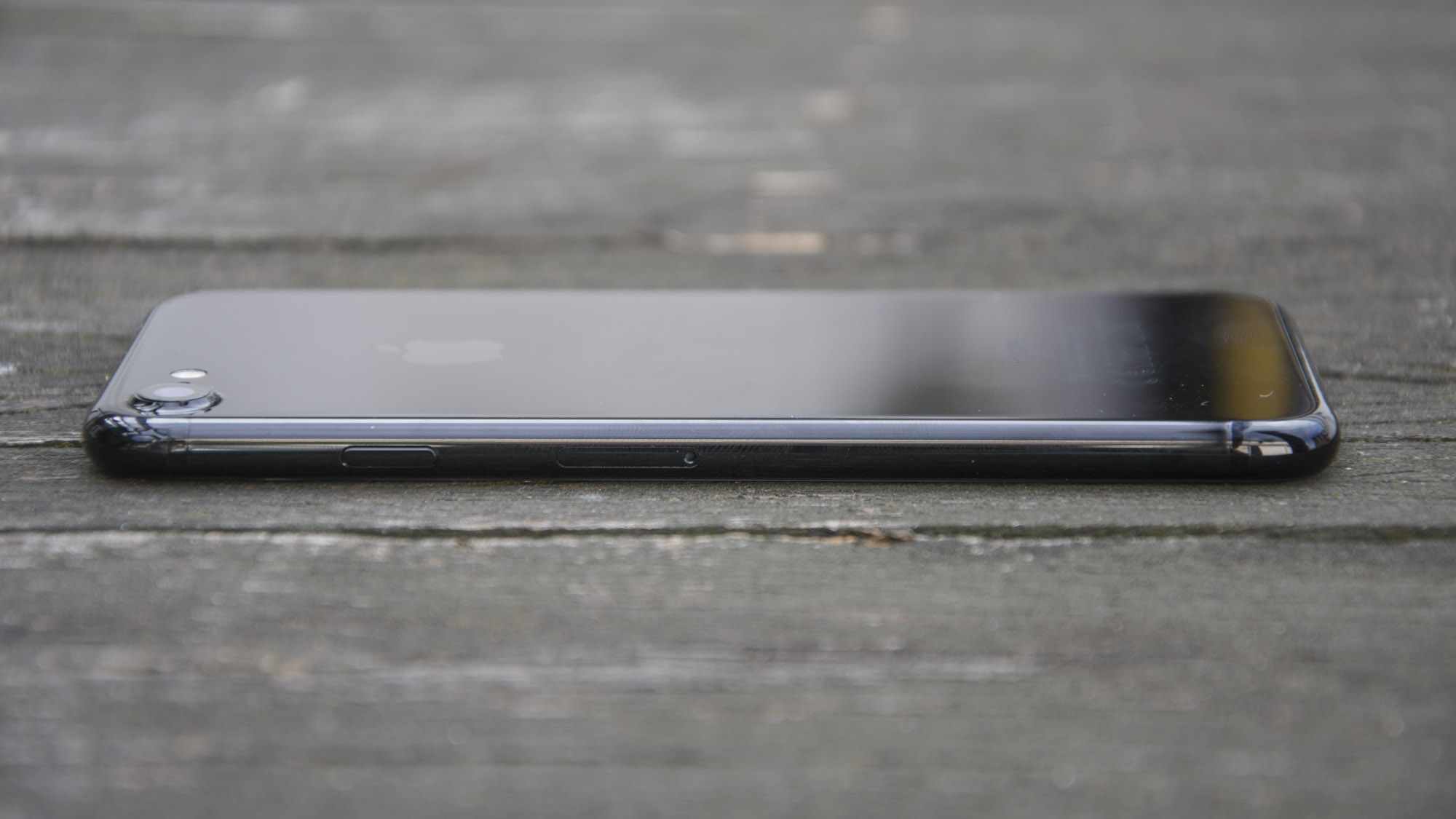
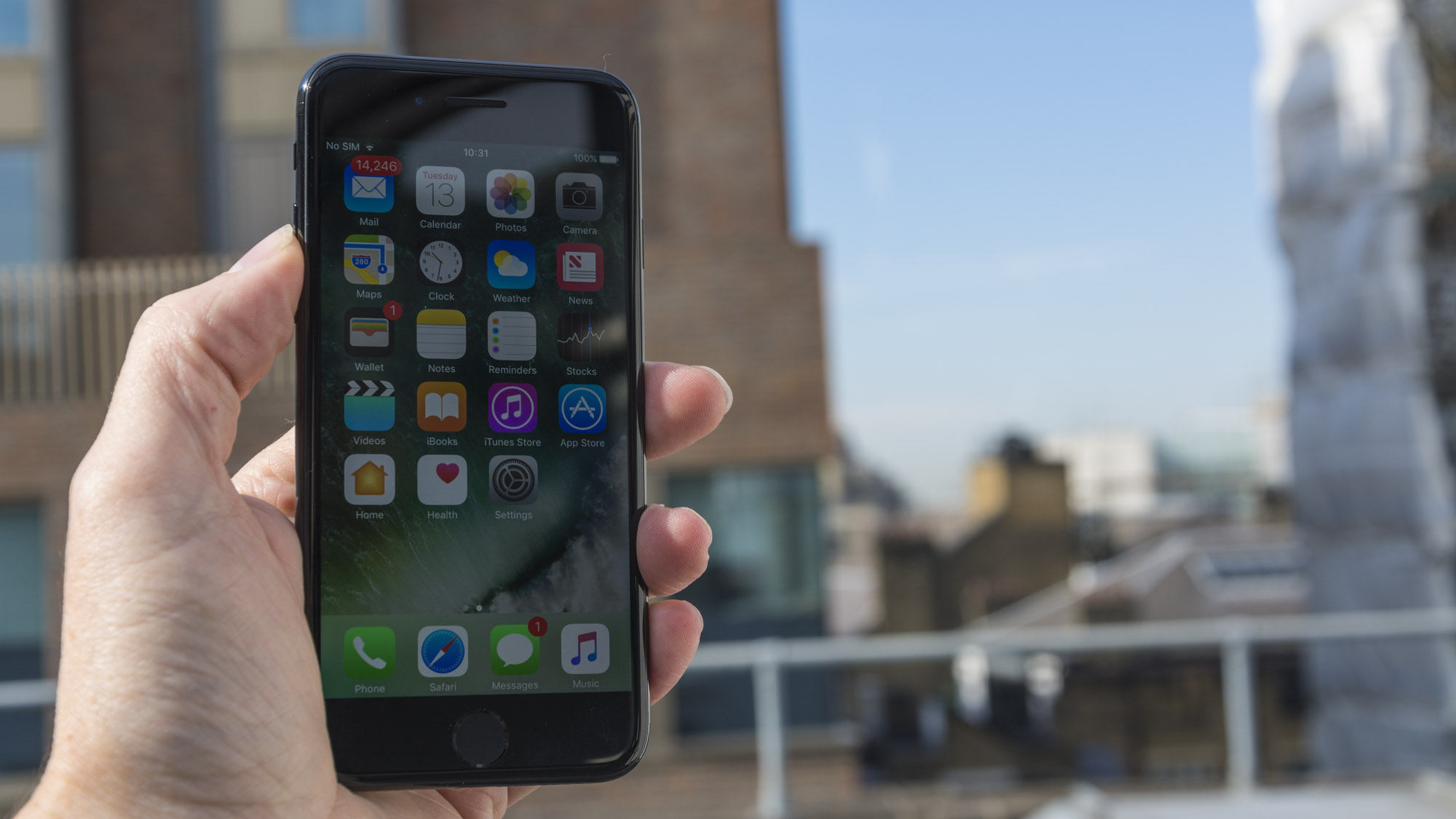
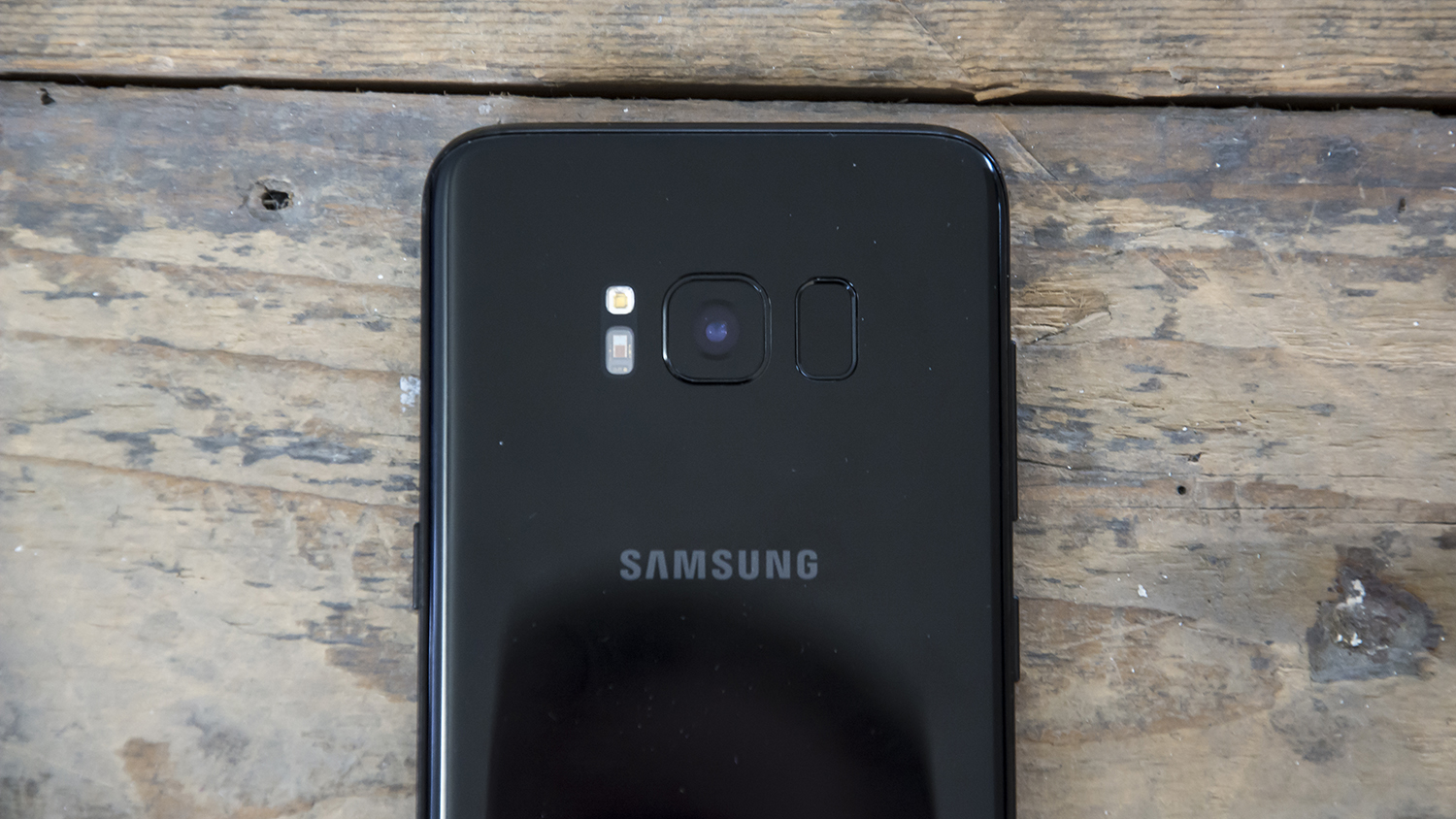
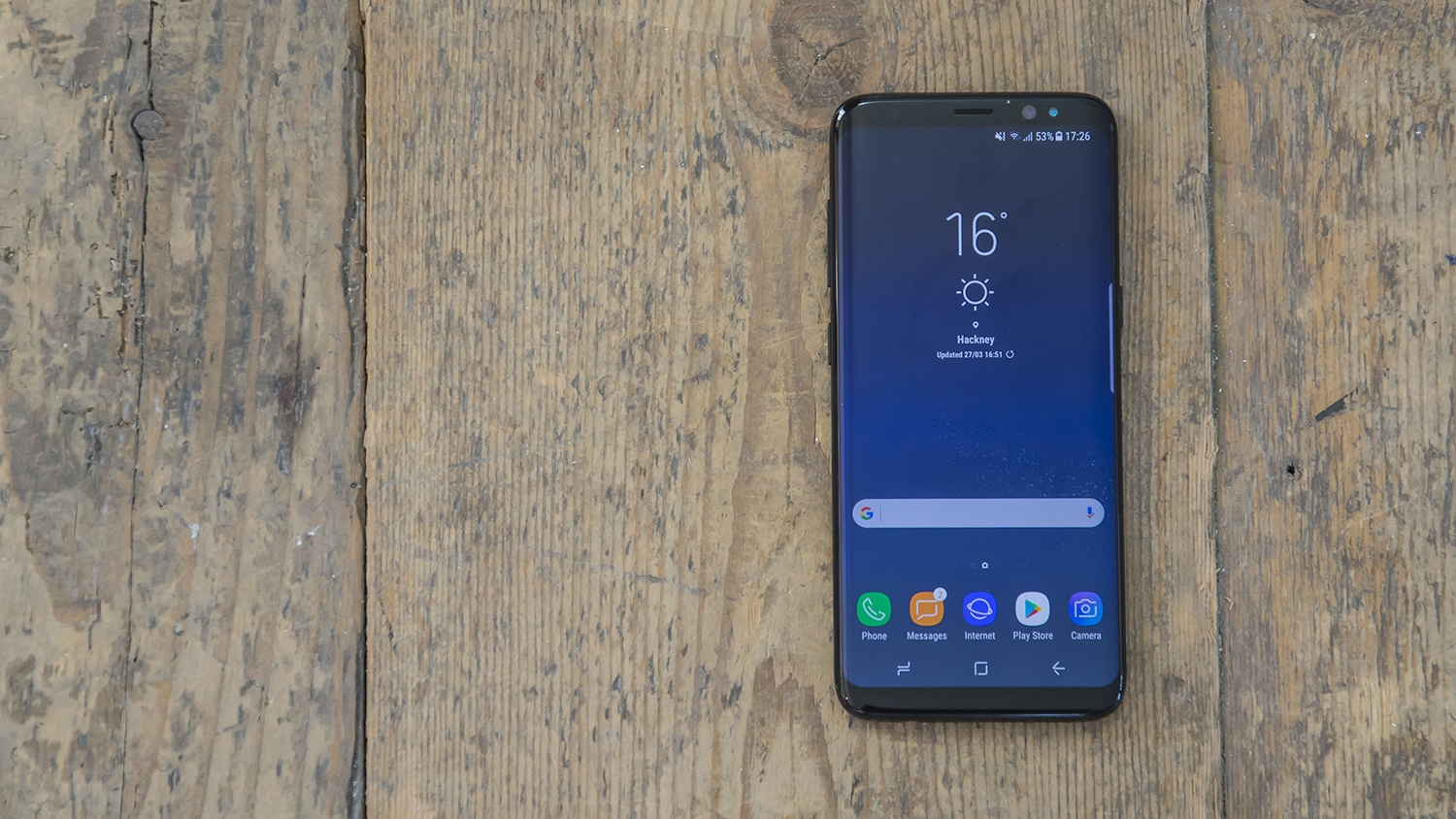
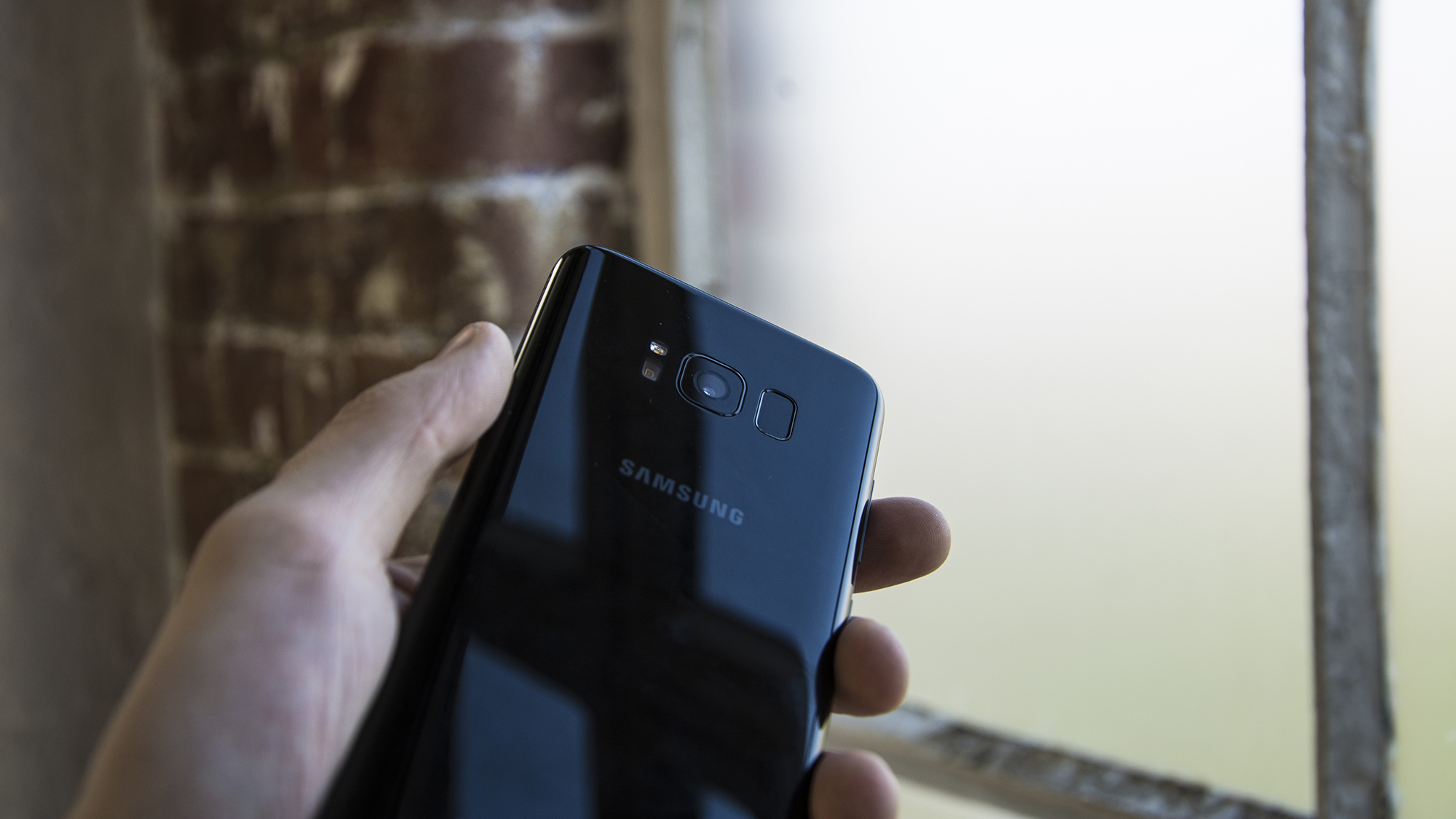
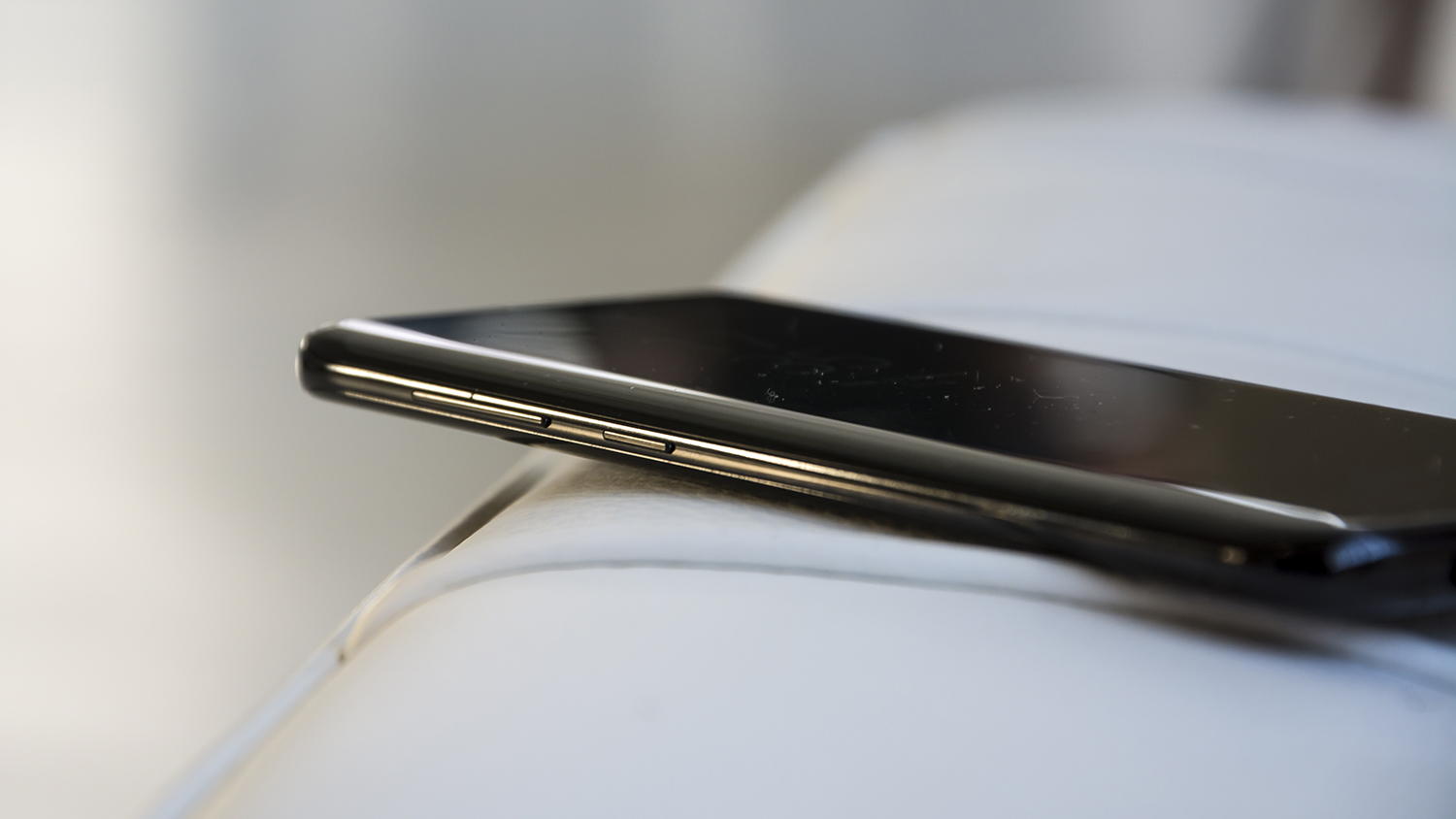
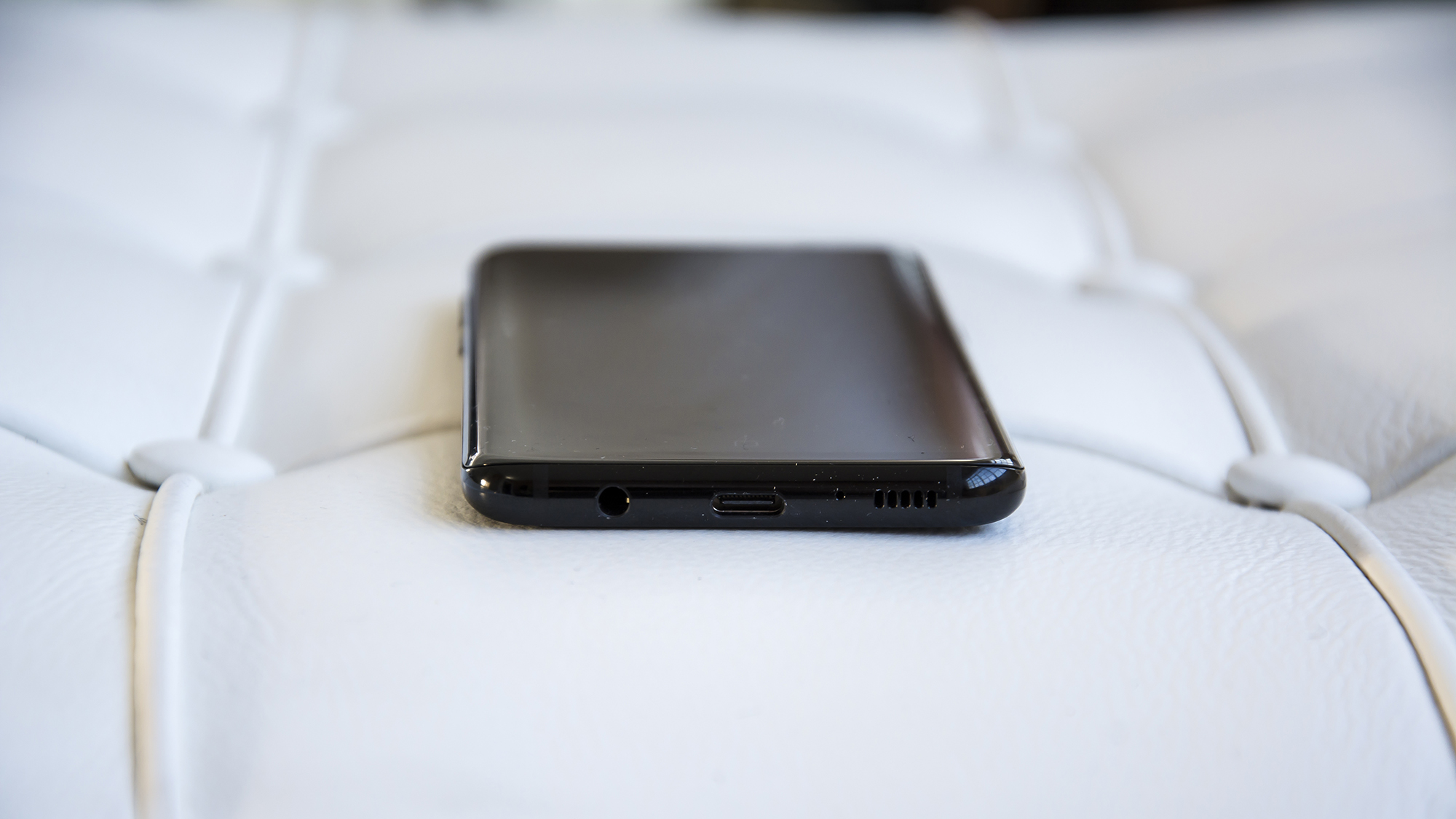
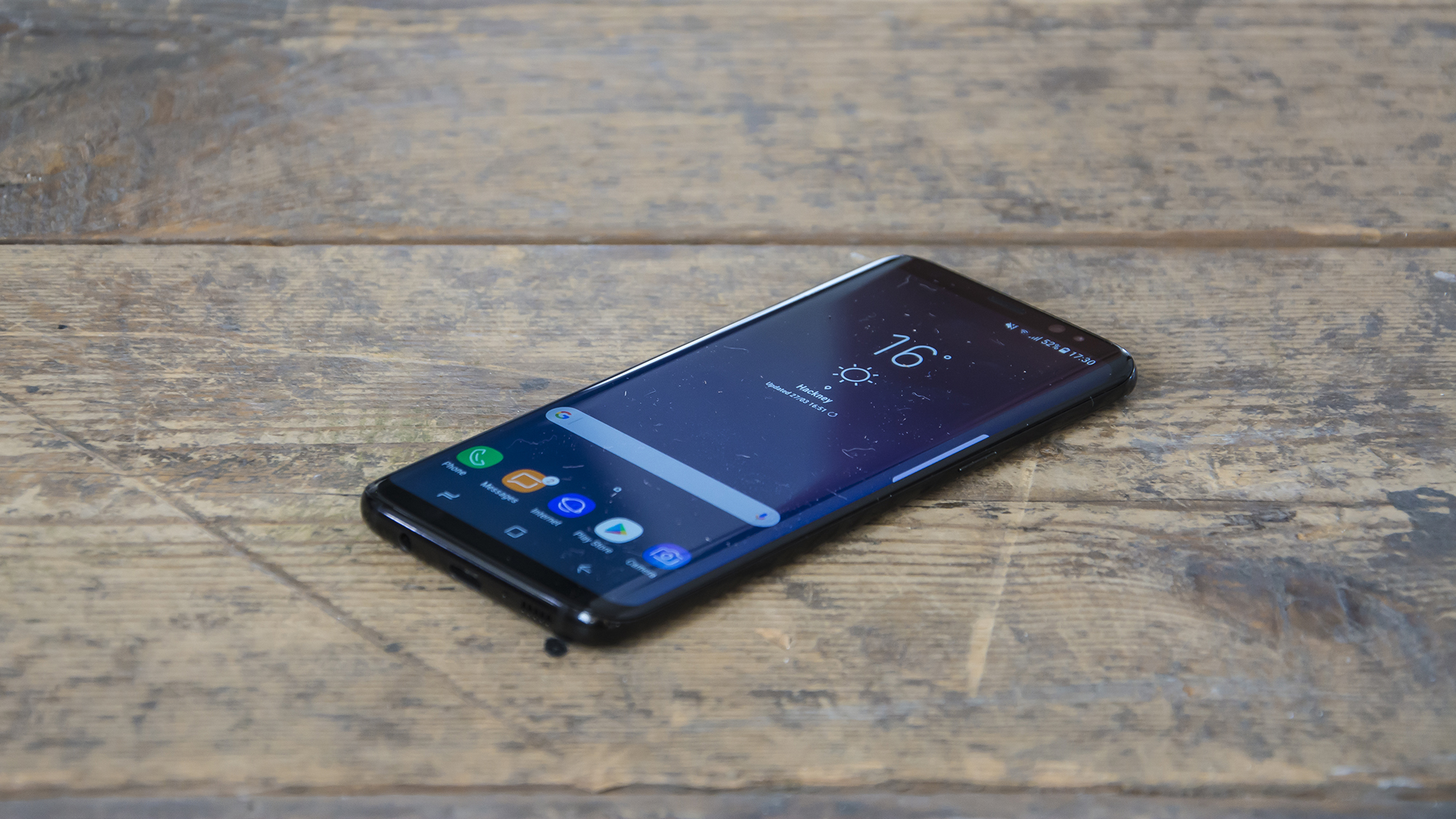
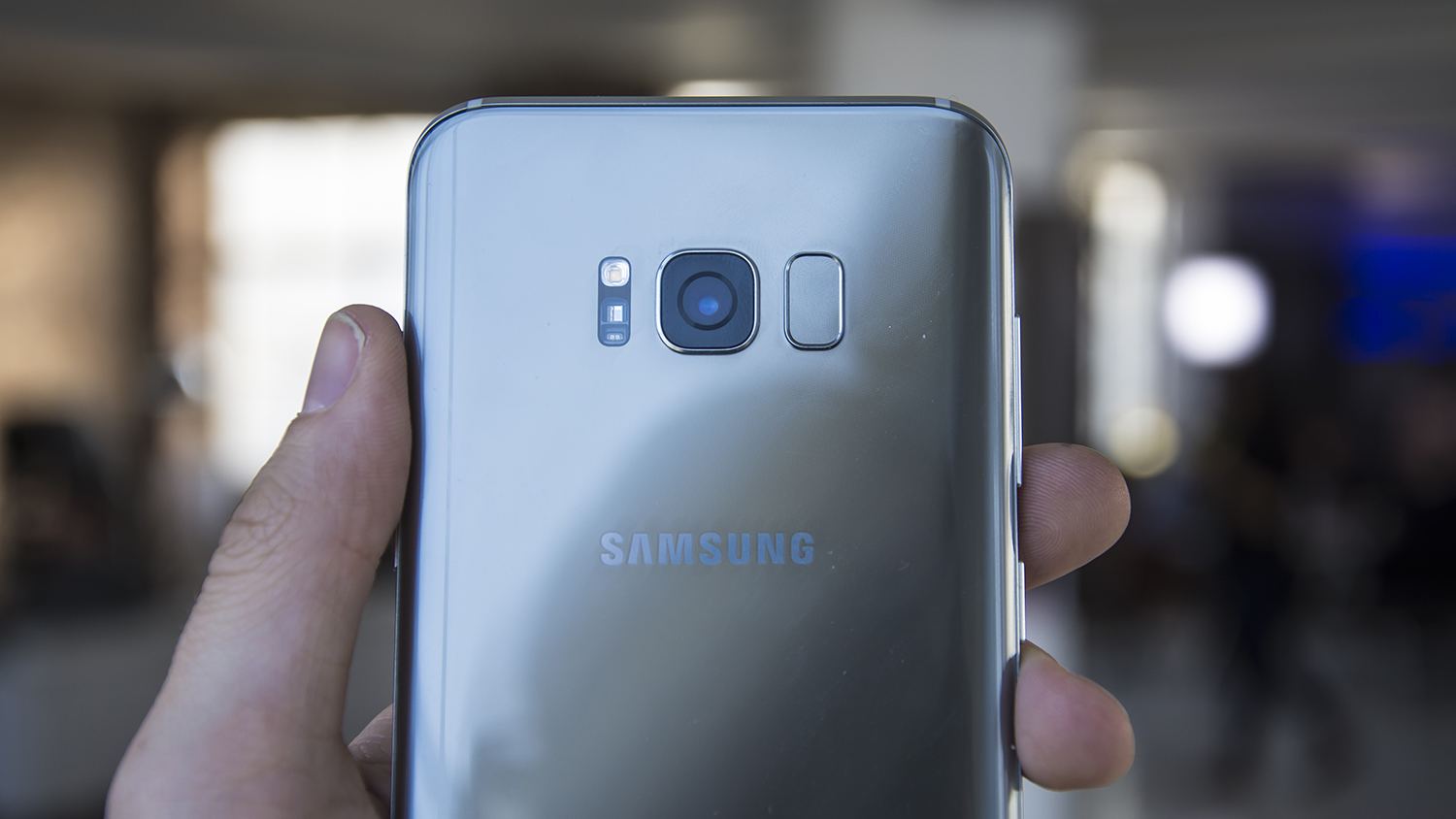
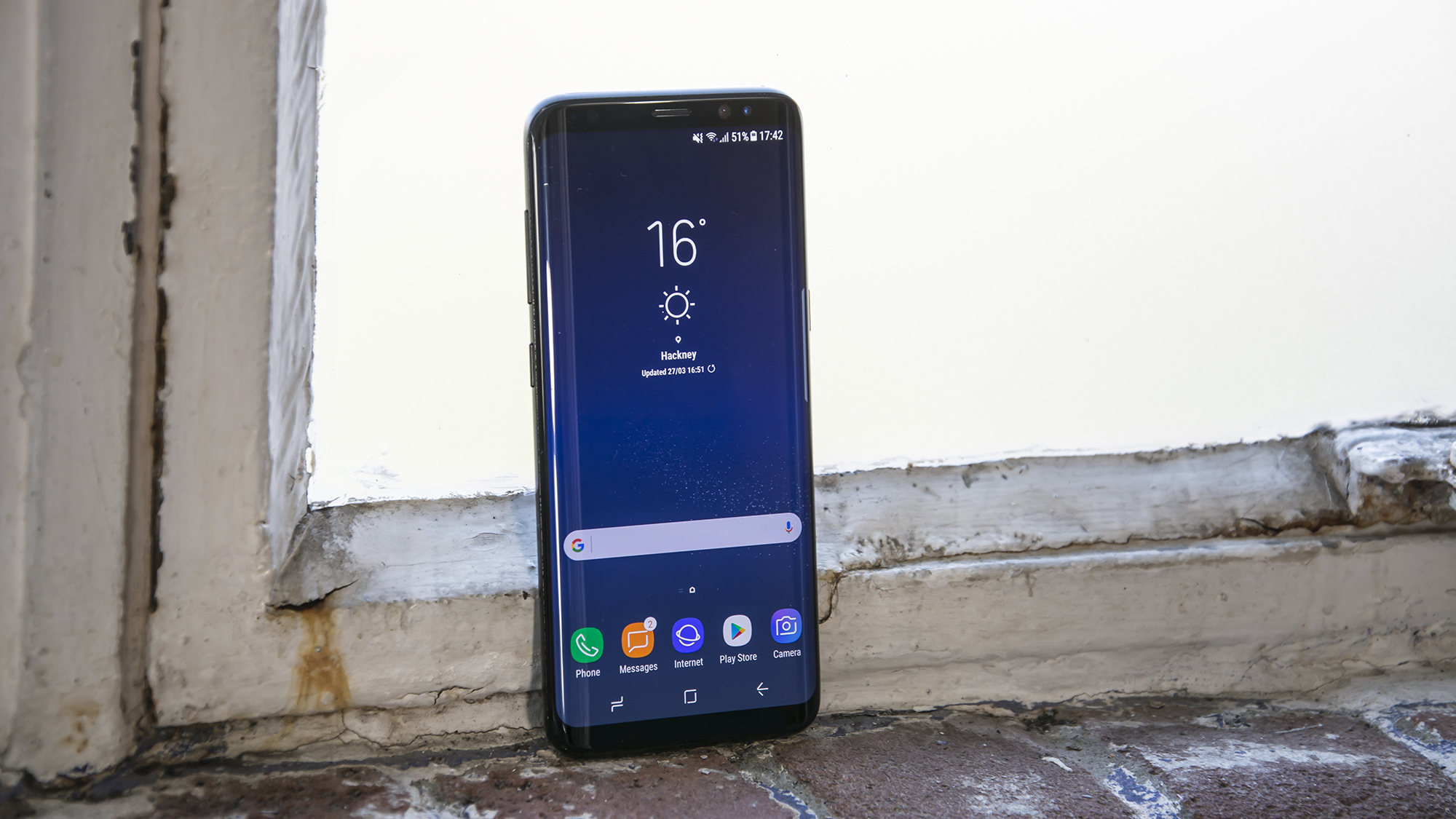
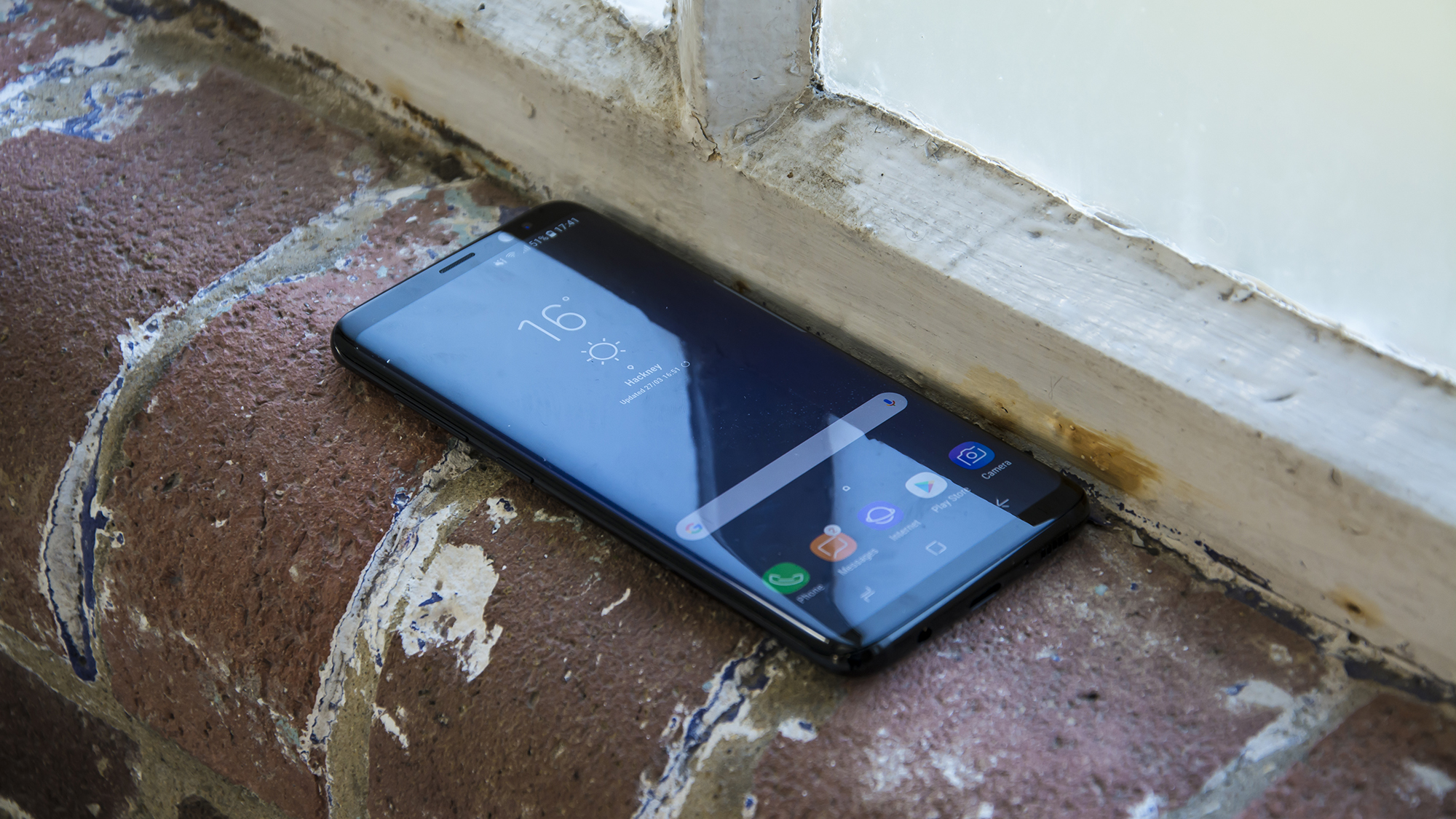
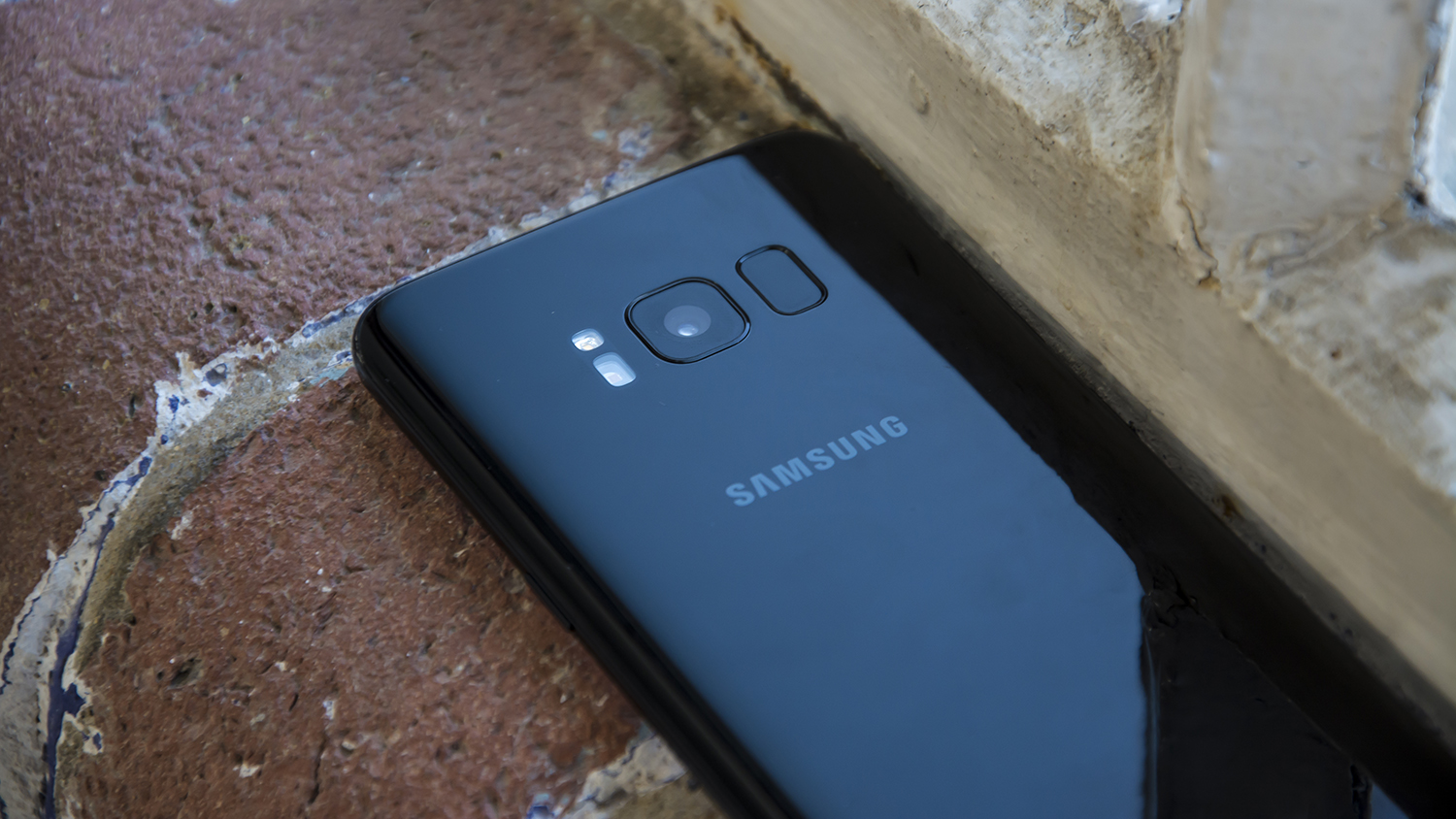
Once upon a time, Apple was the undisputed king of the smartphone world, taking the top spot both for performance and for style. Now, however, this is no longer the case; where the iPhone once reigned supreme, the Samsung Galaxy range has emerged to snatch its crown.
Rather than just offering a compelling iPhone 7 alternative, the Samsung Galaxy S8 is a fully-fledged rival for Apple's flagship, boasting comparable credentials - if not slightly better. In fact, with Samsung offering innovations like facial recognition technology, a curved screen and keyboard-and-mouse support, it now feels like it's Apple that's playing catch-up.
Design
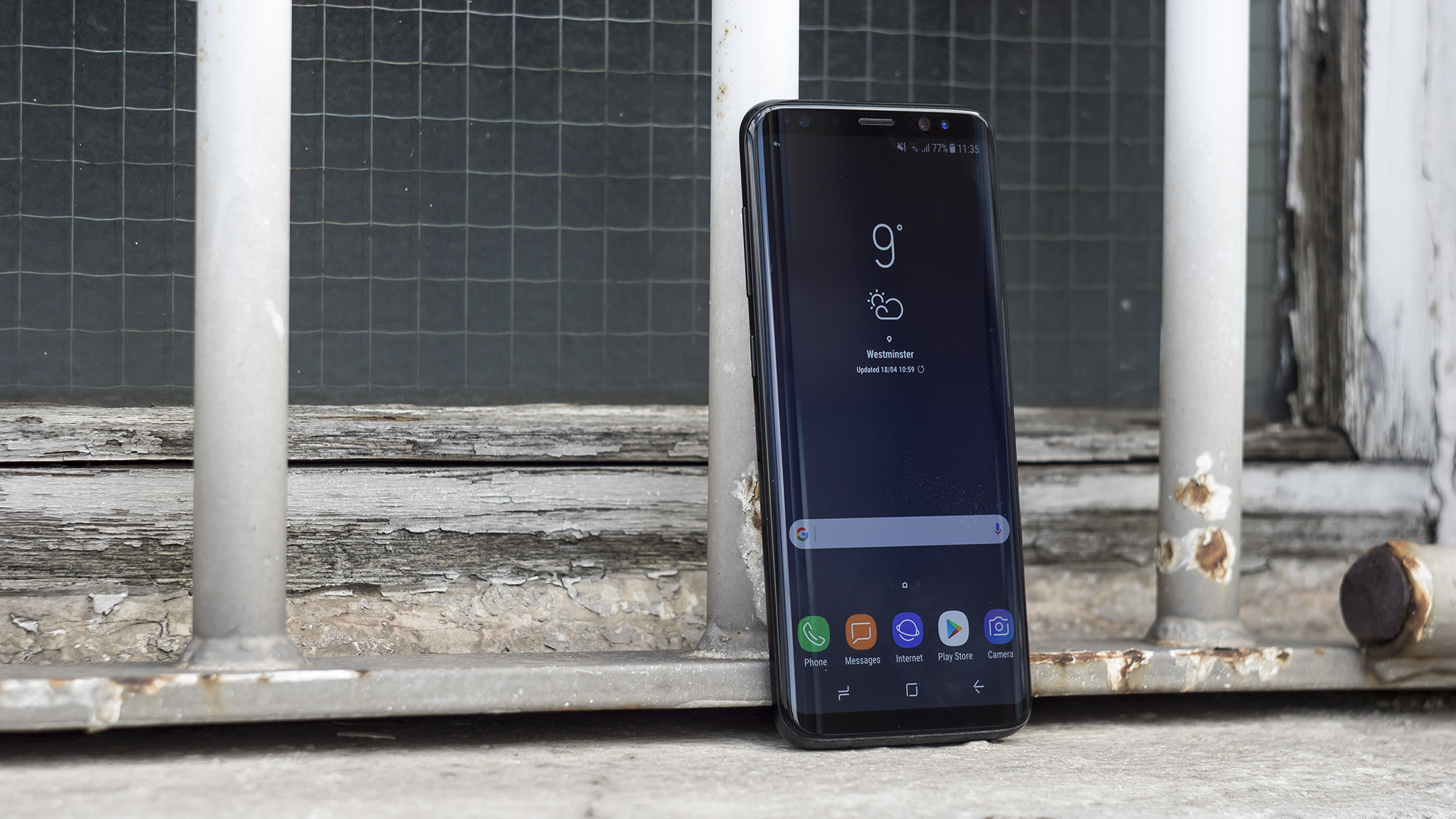
| Row 0 - Cell 0 | iPhone 7 | Galaxy S8 |
| Thickness | 7.1mm | 8mm |
| Weight | 138g | 155g |
Straight off the bat, the Samsung Galaxy S8 is a much nicer-looking device than the iPhone 7. Samsung's curved and virtually edgeless Infinity Display is breathtaking to look at, creating a unique and alluring package that the iPhone just can't match. On top of that, there's no unsightly camera wart where the lens housing protrudes from the back.
On the other hand, the iPhone 7's matte-black and red colour schemes are much more attractive than any of the options for the S8, and the aluminium chassis will be much less prone to picking up greasy fingerprints than the the S8's glass backing.
Overall, however, it's the S8 that takes the cake in terms of design and visual appearance. The iPhone 7 may be nice, but it's nothing that we haven't seen time and time again, whereas the Galaxy S8 feels different and exciting - it's impossible to mistake it for any other phone.
Winner: Galaxy S8
Display
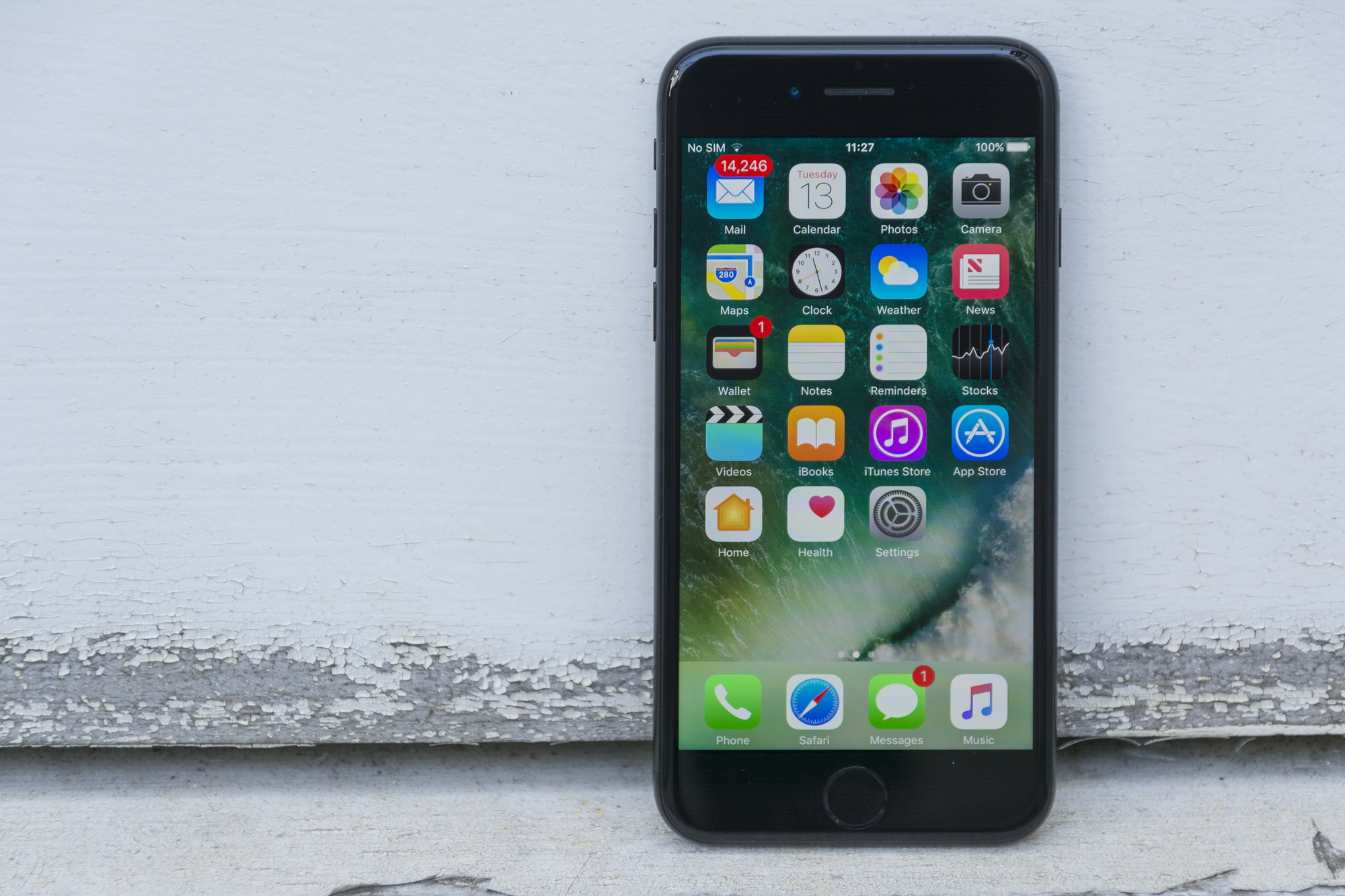
| Row 0 - Cell 0 | iPhone 7 | Samsung Galaxy S8 |
| Screen size | 4.7in | 5.8in |
| Display type | IPS | AMOLED |
| Resolution | 750 x 1,334 | 1,440 x 2,560 |
| Pixel density | 326ppi | 570ppi |
| sRGB coverage | 95.8% sRGB | 99.9% sRGB |
| Max brightness | 540cd/m2 | 416cd/m2 |
The Galaxy S8's screen knocks the iPhone 7 into a cocked hat in terms of resolution, with the QHD+ screen running rings around Apple's panel. It's much larger, too, measuring almost 6in across the diagonal compared to just 4.7in.
It's just as impressive when you get down to the nitty-gritty - although the iPhone 7's 95.8% sRGB coverage is nothing to be sniffed at, Samsung goes one better with a whopping 99.9% result. It's brighter than the iPhone 7 to boot, and thanks to the AMOLED panel, it's got rich, vivid colours and perfect contrast. As a final treat, the S8 is one of the very first HDR-enabled phones, which translates to brighter highlights and deeper shadows when viewing compatible content.
The Galaxy S8 takes the crown here, but not on resolution - at this level, the extra pixel density over the iPhone 7's display just doesn't make that much of a difference. Instead, it's the extra vibrancy, colour accuracy and contrast provided by that AMOLED screen that nets it the win. The fact that it's wrapped up in a gorgeous edgeless display doesn't exactly hurt, either.
Winner: Galaxy S8
Specs and hardware
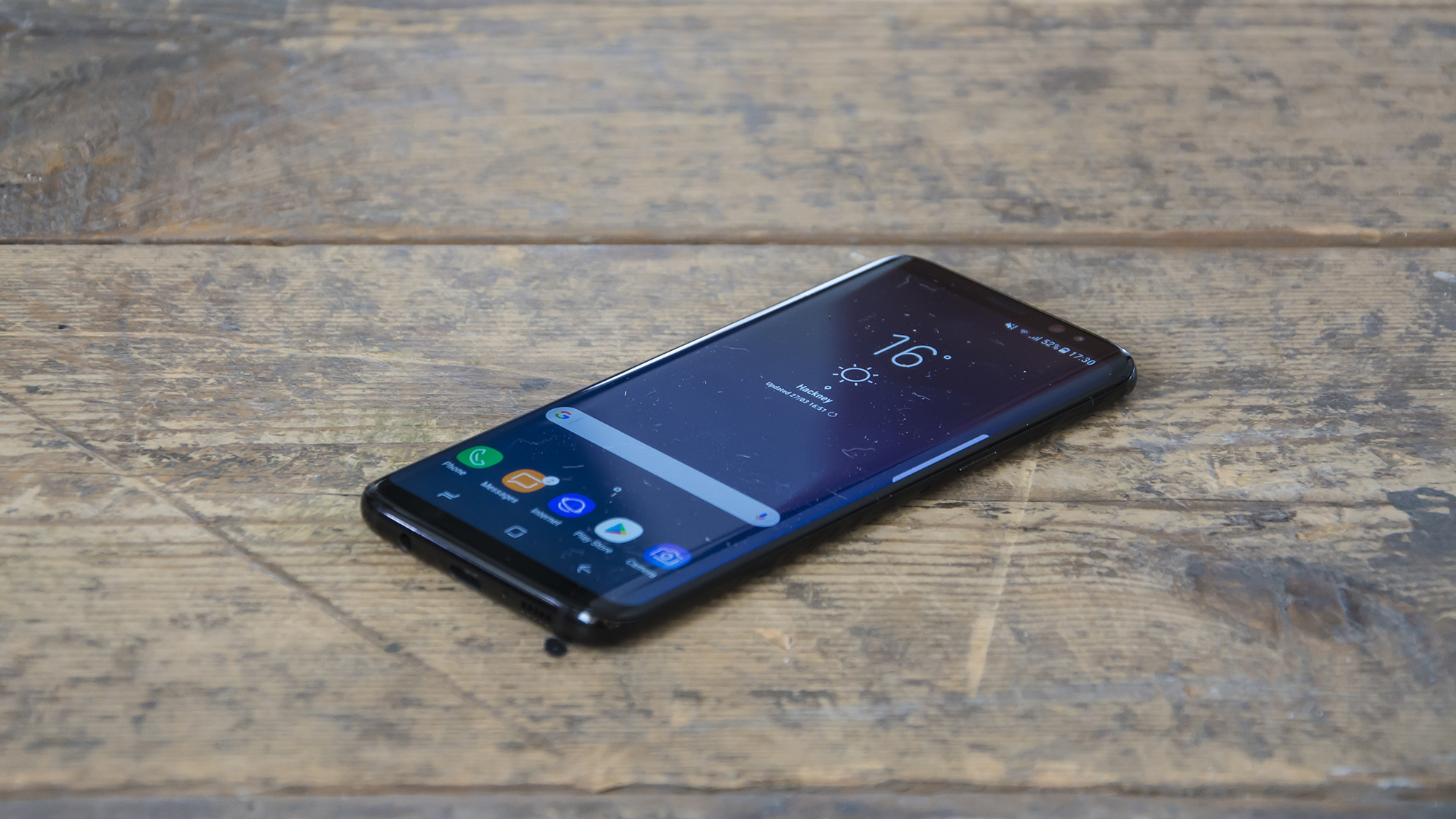
| Row 0 - Cell 0 | iPhone 7 | Galaxy S8 |
| CPU | Quad-core A10 fusion | Octa-core Exynos 8895 |
| RAM | 2GB | 4GB |
| Single-core performance | 3489 | 1994 |
| Multi-core performance | 5652 | 6629 |
Generally speaking, Apple's hardware is unparallelled when it comes to performance, but the Galaxy S8 comes closer than ever to closing that gap. According to our Geekbench 4 tests, it was more than 15% faster than the iPhone 7 at multi-core operations, and closer than any other phone we've tested to matching its single-core speed.
Under the hood, the S8 packs an Exynos 8895 octa-core CPU (or possibly a Snapdragon 835, depending what territory you're in), with 4GB of RAM. The iPhone, meanwhile, uses Apple's quad-core A10 Fusion processor paired with 2GB of memory.
In practice, both devices feel sufficiently nippy - you're unlikely to notice much of a difference between them unless you're pushing them to the absolute limit, and even then it'll be negligible at best. They really are very fast devices.
Winner: iPhone 7
Get the ITPro daily newsletter
Sign up today and you will receive a free copy of our Future Focus 2025 report - the leading guidance on AI, cybersecurity and other IT challenges as per 700+ senior executives
Adam Shepherd has been a technology journalist since 2015, covering everything from cloud storage and security, to smartphones and servers. Over the course of his career, he’s seen the spread of 5G, the growing ubiquity of wireless devices, and the start of the connected revolution. He’s also been to more trade shows and technology conferences than he cares to count.
Adam is an avid follower of the latest hardware innovations, and he is never happier than when tinkering with complex network configurations, or exploring a new Linux distro. He was also previously a co-host on the ITPro Podcast, where he was often found ranting about his love of strange gadgets, his disdain for Windows Mobile, and everything in between.
You can find Adam tweeting about enterprise technology (or more often bad jokes) @AdamShepherUK.
-
 Bigger salaries, more burnout: Is the CISO role in crisis?
Bigger salaries, more burnout: Is the CISO role in crisis?In-depth CISOs are more stressed than ever before – but why is this and what can be done?
By Kate O'Flaherty Published
-
 Cheap cyber crime kits can be bought on the dark web for less than $25
Cheap cyber crime kits can be bought on the dark web for less than $25News Research from NordVPN shows phishing kits are now widely available on the dark web and via messaging apps like Telegram, and are often selling for less than $25.
By Emma Woollacott Published
-
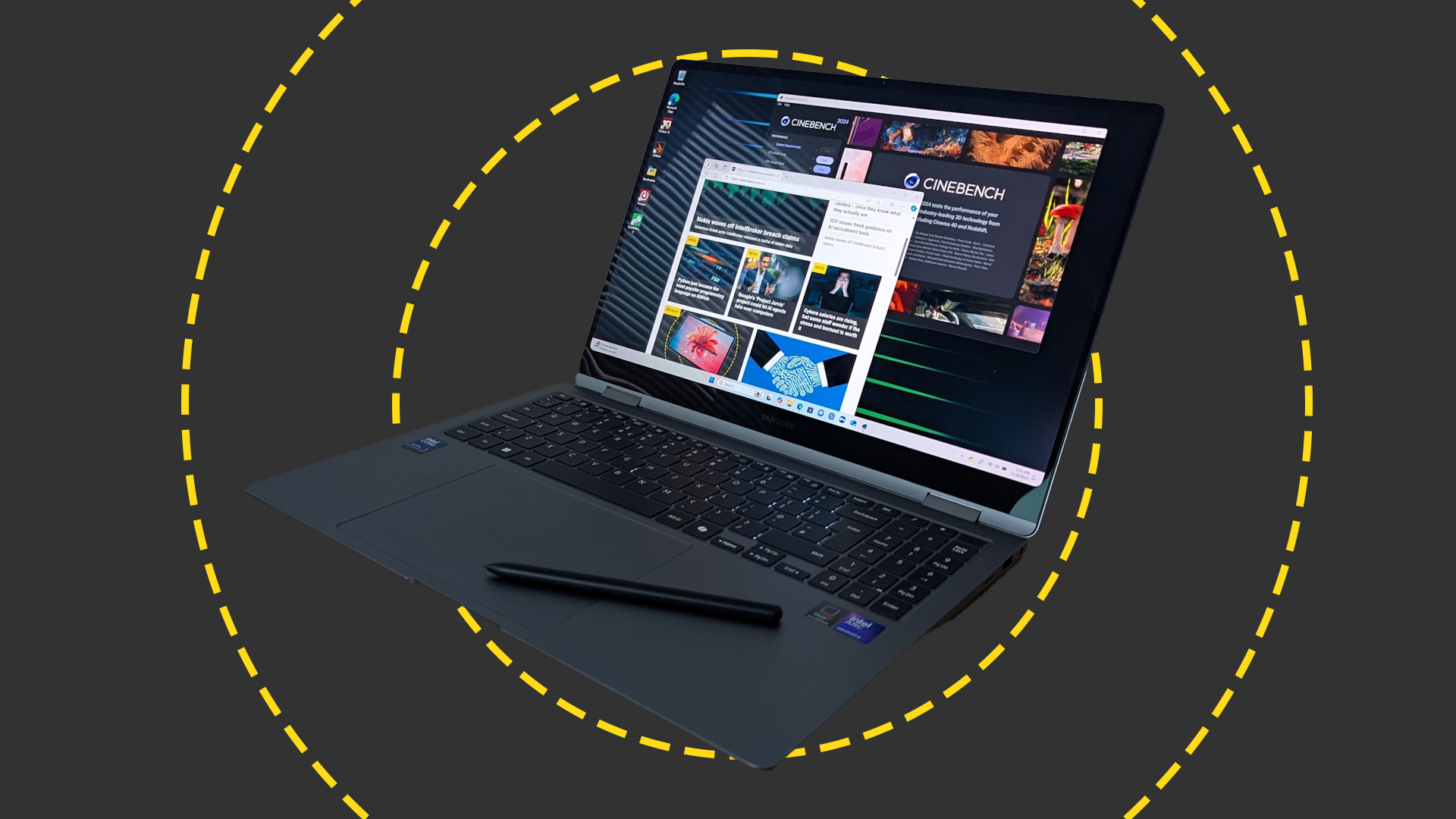 Samsung Galaxy Book 5 Pro 360 review: Almost the perfect big-screen laptop
Samsung Galaxy Book 5 Pro 360 review: Almost the perfect big-screen laptopReviews The Book 5 Pro 360 is a laptop you slowly get accustomed to, rather than one that feels right from the word go.
By Stuart Andrews Published
-
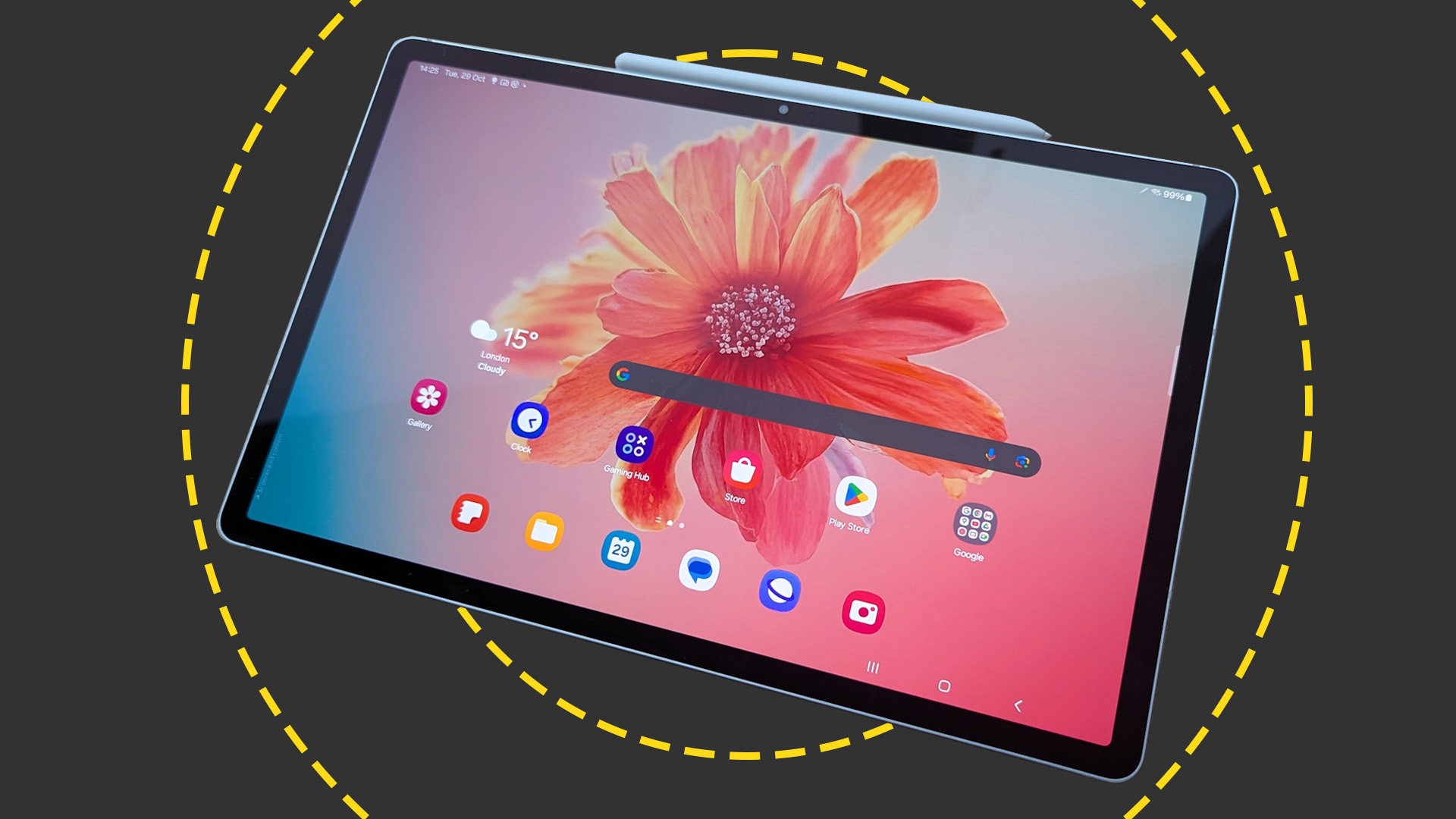 Samsung Galaxy Tab S10+ review: Possibly the best Android tablet for business
Samsung Galaxy Tab S10+ review: Possibly the best Android tablet for businessReviews With good performance, AI features and an exceptional screen, the Tab S10+ is the best Android tablet out there, if not quite the best tablet overall
By Stuart Andrews Published
-
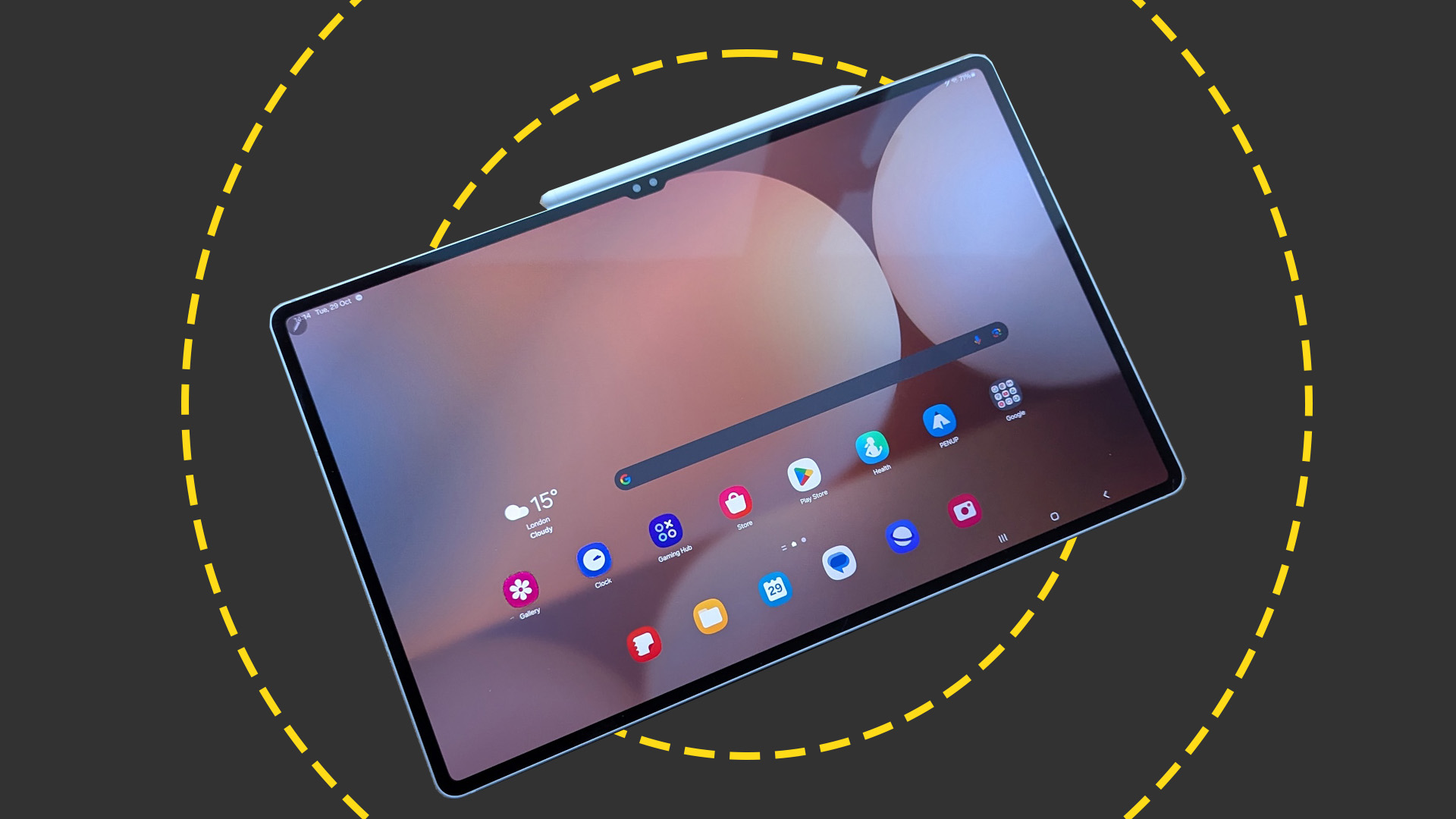 Samsung Galaxy Tab S10 Ultra review: Samsung's big-screen tablet is an AI-powered multitasking monster
Samsung Galaxy Tab S10 Ultra review: Samsung's big-screen tablet is an AI-powered multitasking monsterReviews The sheer size won't be for everyone, but the Tab S10 Ultra has the screen, performance, and multitasking prowess for serious work
By Stuart Andrews Published
-
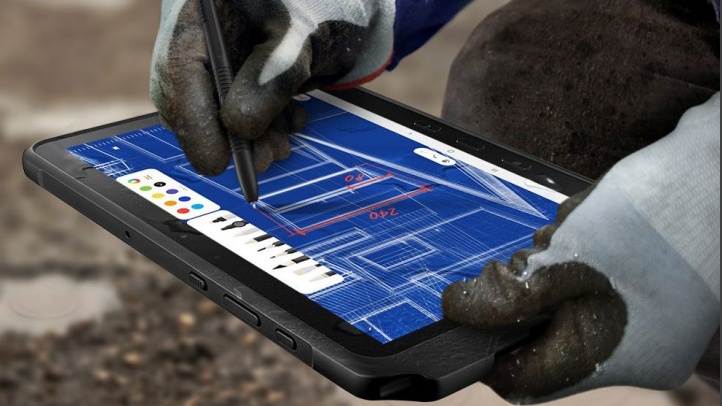 Rugged goes mainstream
Rugged goes mainstreamwhitepaper Why every business needs rugged devices to get the job done
By ITPro Published
-
 Why tougher doesn’t need to mean harder
Why tougher doesn’t need to mean harderwhitepaper Bridging the rugged and consumer device divide
By ITPro Last updated
-
 Samsung reveals plans for $15bn chip research center to break semiconductor scaling barriers
Samsung reveals plans for $15bn chip research center to break semiconductor scaling barriersNews The news follows the company's proposal in July to build 11 Texas semiconductor plants worth $191 billion
By Praharsha Anand Published
-
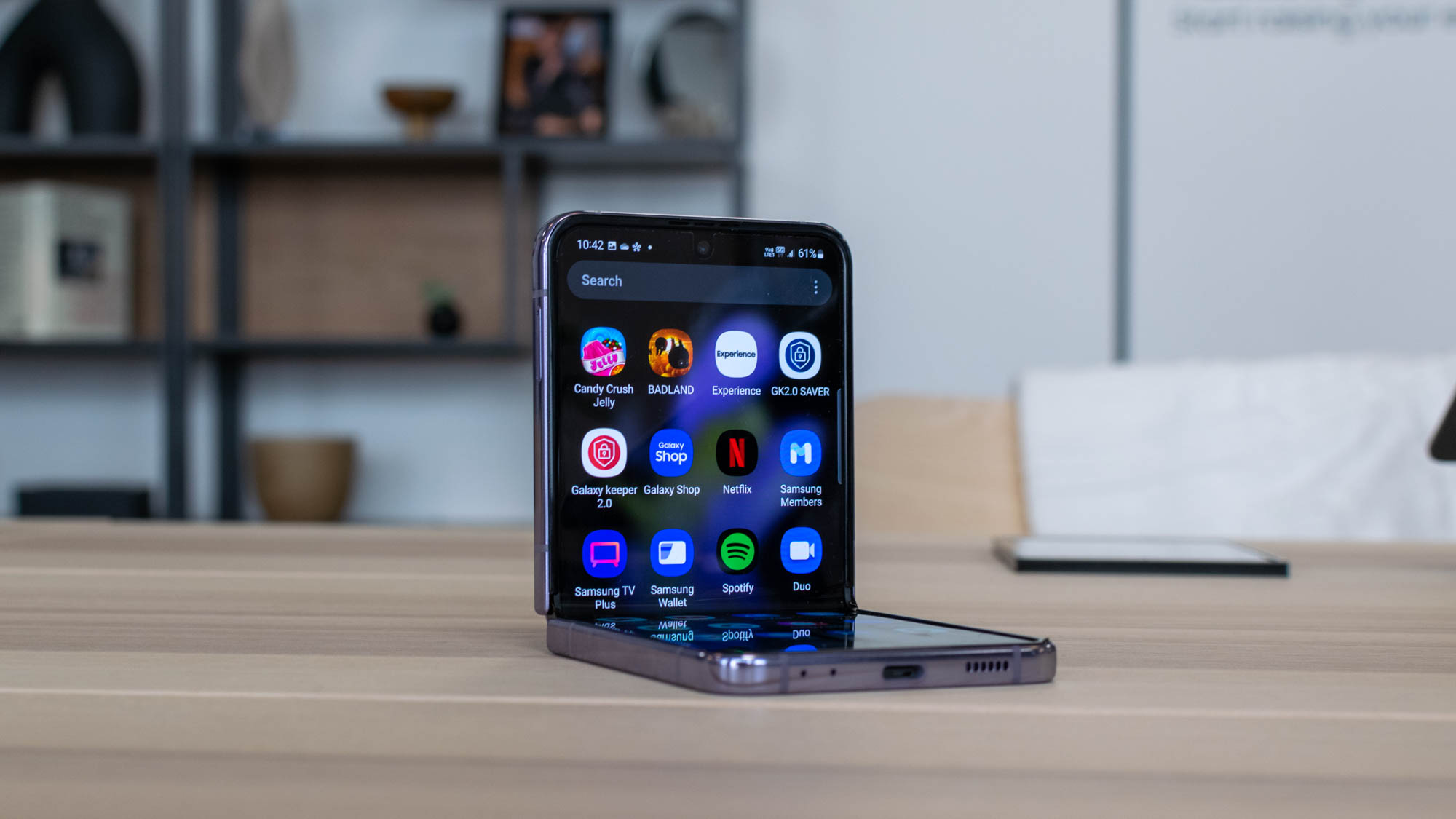 Samsung Galaxy Z Flip 4 hands-on review: A welcome (if minor) update
Samsung Galaxy Z Flip 4 hands-on review: A welcome (if minor) updateFirst look Samsung’s latest foldable is appealing, but does little to stand out from its predecessor
By Adam Shepherd Published
-
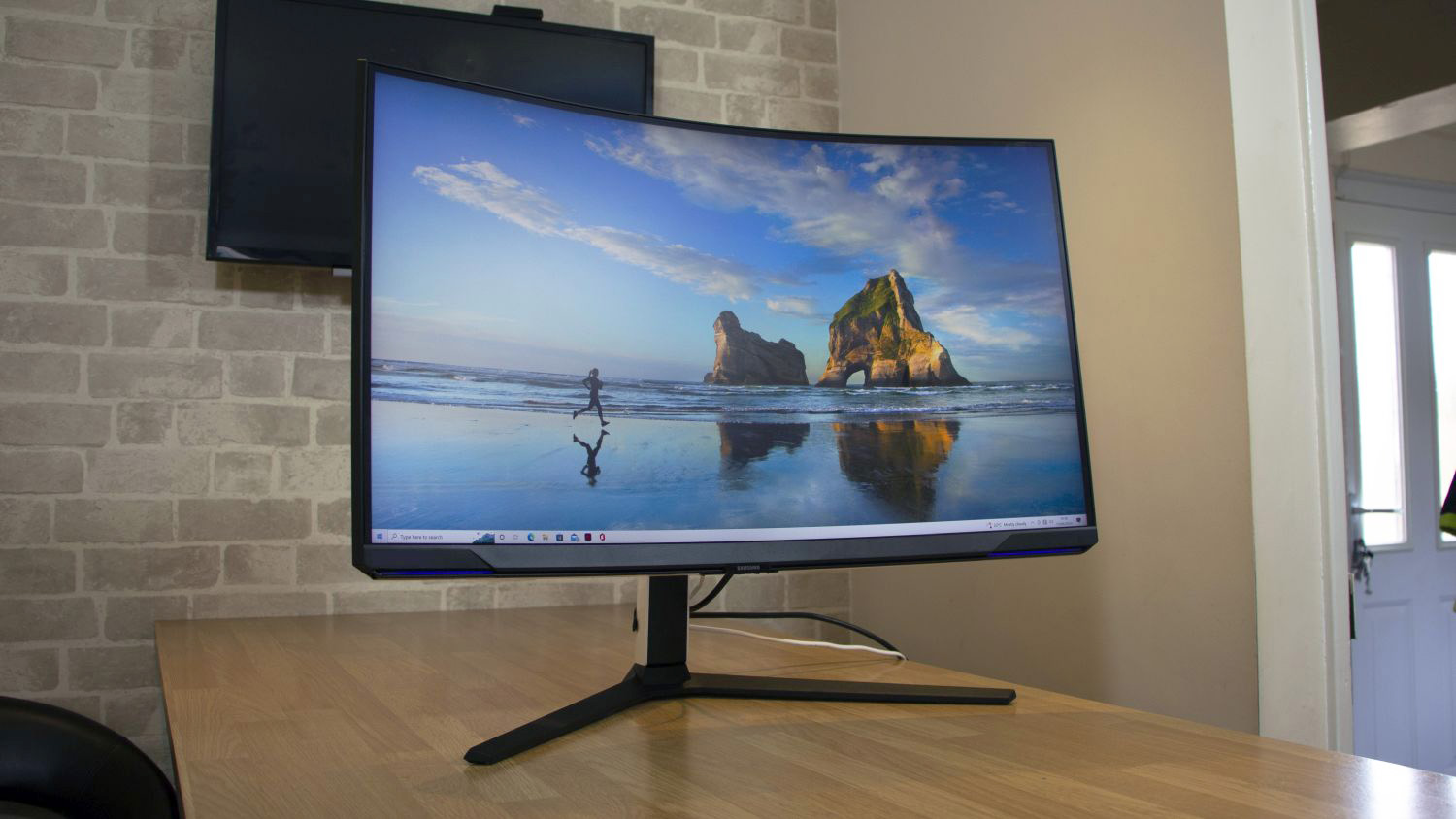
 Samsung Odyssey Neo G8 review: A groundbreaking display for work and play
Samsung Odyssey Neo G8 review: A groundbreaking display for work and playReviews The world’s first 4K/240Hz screen delivers sensational contrast and great colours, albeit for a high price
By Mike Jennings Published